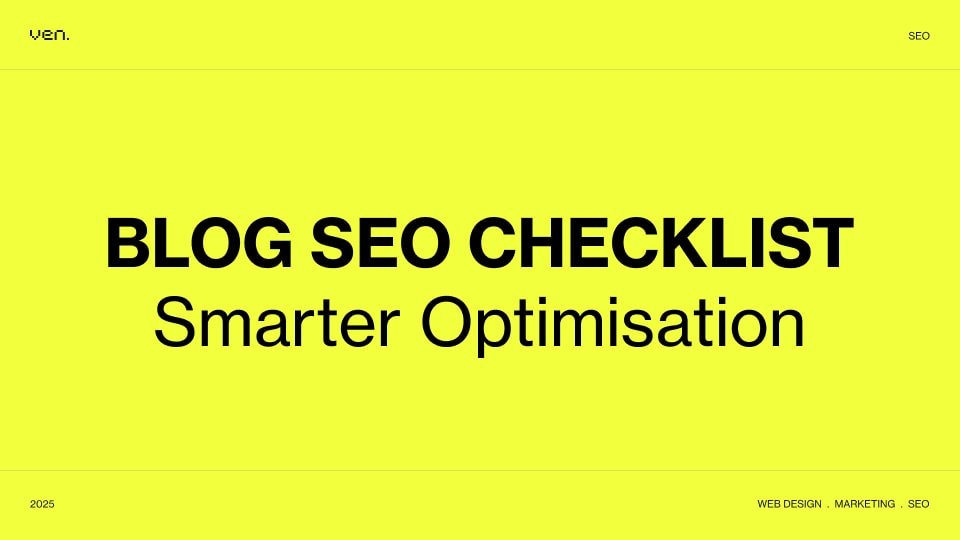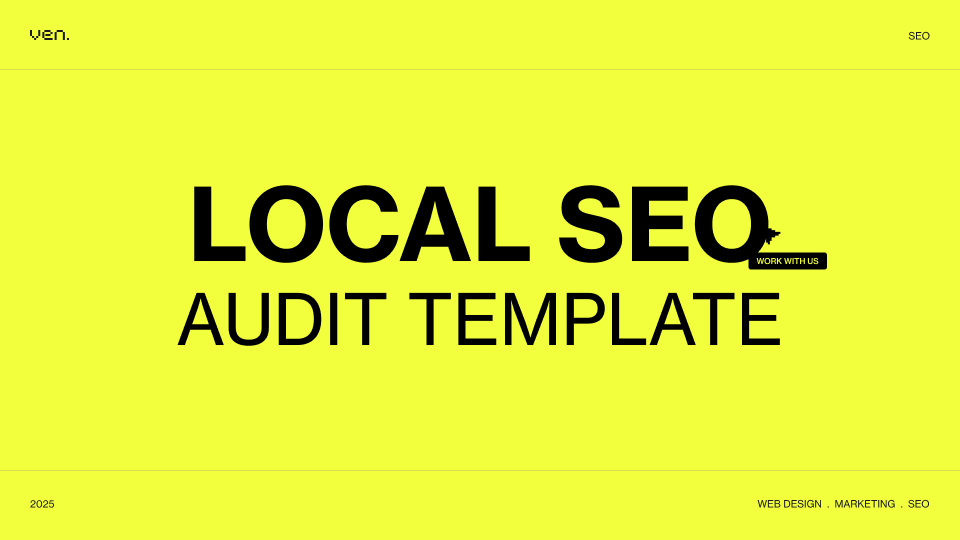Web design can be complex
The complexities of building a website are seemingly endless. Who knew there were so many different routes to take and choices to make?
Choosing between responsive and adaptive web design is just one of the many decisions you’ll be faced with when building your website from scratch.
While adaptive and responsive web designs are very similar, they do have their differences – and, as with anything, it is their differences that set them apart.
What is responsive web design?
If your website is made using a responsive design, the appearance will change depending on the size of the screen or window that you are viewing it from.
As you extend and reduce the width of the browser, your website will seamlessly reconfigure itself, rearranging the placement of visual elements on the page to optimise the viewing experience.
With a responsive web design, users will be able to access your website from any device – smartphones, tablets, desktops and more. Because this design technique is fluid, it responds to any change in browser size without taking away from the original design.

What is adaptive web design?
Adaptive web design is similar to responsive design in that both techniques will reposition the layout of your web page depending on the width of the browser.
However, where responsive design is fluid, adaptive web design uses a series of static templates to accommodate changes in screen size. As the screen size shrinks, the design will change to a different template. Once it expands again, it will revert back to the original.
These static templates are created for the most popular screen and device sizes, but because technology today is so varied, they won’t necessarily accommodate all browser widths.
Which technique is better?
If you are redesigning your website or building it from scratch, we recommend opting for responsive web design. It’s better suited to today’s technological climate and will allow users to access your business online with ease – no matter their device or screen size.
Most Content Management Systems (CMS), like WordPress and Hubspot, include responsive web design as an automated feature in their templates. This means that yes, you should be using it, too.
Adaptive web design might be the better option if you are touching up your site or targeting an audience who predominantly use the same device. In all other cases, however, we think responsive web design is the way to go.
Make mobile-first indexing your priority
Mobile-first indexing is all the rage these days since search engines like Google have made it their priority to rank and index your site based on the mobile version of it.
More and more users are now accessing websites from their mobile devices. In order to keep up with them, you need to make sure that your website is mobile-friendly.
Search engines aren’t bothered so much by the design technique you use, so long as it’s in line with their algorithm and their mobile-first indexing.
Your website, your choice
Ultimately, when it comes to deciding between adaptive and responsive web design, the choice is yours. If you’re unsure about what the better option might be for your website, talk to an expert in the field for guidance.




